Insulation Tips
How To Make Your Home More Energy Efficient In Australia: Unlocking Energy Savings
In an era of heightened environmental awareness and rising energy costs, creating an energy-efficient home has never been more important. Today we will go through how to make your home more energy efficient in Australia, offering affordable solutions that will help you with your energy bills. Whether you’re wanting to save money on your energy bill or make a positive change for the environment, there are many ways to reduce energy wastage.
Here are our top tips on how to make your house energy efficient.
1. Switch to energy-efficient appliances
Upgrading to energy-efficient appliances is a significant step in conserving energy. The new-age appliances are designed with advanced technology to use less energy while delivering equal or superior performance. Always look for products with high energy ratings. The more stars on the energy rating label, the greater the energy efficiency, which equates to more energy savings and lower running costs over time. Invest in appliances that are more energy efficient. When it’s time to replace your fridge or washing machine, choose an option that has more green stars. They’re usually more expensive, but they will end up consuming less energy which means savings in the long run.
2. Insulate your home
Proper insulation is pivotal to enhancing your home’s energy efficiency. It provides a resistance barrier to heat flow, reducing the amount of heat that escapes in winter and enters in summer. By insulating your walls, floors, ceilings and roof with quality insulation materials, you can maintain a comfortable indoor temperature all year round. This reduces reliance on heating and cooling systems, hence saving money on your power bills. One of the most powerful things you can do to make your home more energy efficient is insulation! Insulation in the walls, ceiling and floors slows down the flow of heat, helping you keep your home cooler in summer and warmer in winter. This means less reliance on artificial heating and cooling and bigger savings on your power bill.
3. Mind your thermostat
Be mindful of your thermostat settings. Adjusting your thermostat or air conditioners by just 1-2 degrees lower in winter and higher in summer can significantly reduce energy usage. This subtle change can save on your heating and cooling costs without compromising your comfort.
4. Use LED lighting
LED lights are far more energy-efficient than traditional incandescent bulbs. They use about 75% less energy and last 25 times longer, offering immediate energy savings and reduced replacement costs. Incorporating LED lighting throughout your home is an easy and effective way to save energy.
5. Seal gaps and cracks in your home
Anywhere that air can leak into or out of your home is making it harder for you to keep your home at a comfortable temperature. Sealing gaps and cracks around doors and windows can dramatically improve your home’s energy efficiency. By preventing air leakage, you keep the conditioned air inside, reducing the strain on your heating and cooling system. This simple and affordable task can contribute significantly to energy savings. Draught proofing means checking for leaks in places like doors and windows and then sealing these up so air can’t escape.
6. Install energy-efficient windows
Homes tend to lose and gain a lot of heat from the windows. Smart window designs can make a big difference. Double-glazed or low-emissivity (low-e) glass windows can minimise heat transfer, keeping your home cooler in summer and warmer in winter. By reducing your need for artificial heating and cooling, these windows significantly lower energy consumption. Try tactics such as reducing the size of east and west facing windows or adding external shade factors to prevent excess heat from entering the house through the glass during the warmer months.
7. Invest in solar panels
What if there was a free, renewable power source? There is and it’s called the sun! Solar panels are a great way to harness the power of the sun to generate electricity for your home. They can significantly reduce your dependence on traditional electricity sources, resulting in lower energy bills. You might also consider installing solar water heaters, which use solar energy to heat your water supply. By utilising solar energy for both electricity and hot water, you are taking significant strides toward making your home more energy-efficient.
8. Practise mindful energy usage
Small changes in our lifestyle can add up to make a significant reduction in power consumption. Adopting mindful energy usage habits can lead to substantial energy savings. Switch off lights and unplug devices when not in use, wash clothes in cold water and reduce shower times. These small, easy-to-adopt practices can have a significant impact on your energy consumption and savings over time.
9. Explore alternative heating and cooling options
Air conditioners can help us feel comfortable and cosy quickly, but they’re notorious for eating up a lot of electricity. Try opening windows, switching on a fan or taking a cold shower before turning to the air conditioner. There are plenty of ways to change your A/C habits to reduce energy consumption. Putting your thermostat 2 degrees higher, using climate zones and setting a timer can all make a big difference.
10. Update your hot water system
Inefficient hot water systems can be a huge drain on electricity. In fact hot water systems typically use more energy than any other appliance in the house. Do some research into more efficient options.
I’m renovating. What should I do to make my home more energy efficient?
During the renovation phase is a great time to make positive changes to your home’s energy efficiency. It’s important to plan carefully for major changes like redesigning windows and installing insulation throughout the home. You don’t want to miss the opportunity to implement these changes and experience their benefits!
There’s a lot to get right in the renovation process. Check out our renovation guide for some great tips and tricks to ensure your home gets a stunning transformation that you’re proud of.
How to retrofit insulation in existing homes
The best way to retrofit wall insulation in existing homes is to fit insulation batts between wall joists during the renovation phase. Insulation batts are easy to install and cost-effective. They provide excellent resistance to heat flow and also offer acoustic benefits.
Retrofitting insulation batts between wall joists during the renovation phase is the optimal strategy to achieve an energy-efficient home. These batts are not only cost-effective and straightforward to install, but they also ensure superior resistance to heat flow. This is crucial in maintaining a comfortable temperature within your house, and as a bonus, they also offer acoustic benefits. We recommend checking out Earthwool SoundShield and Bradford SoundScreen as they both offer great thermal and acoustic insulation.
The ceiling or roof space can be insulated at any time. Even if there is pre-existing insulation, it’s possible to supplement it with new insulation, further enhancing the thermal performance of your house. This upgrade will bring you a step closer to owning a truly energy-efficient home. Three great options for ceiling insulation are Earthwool Ceiling Insulation, Bradford Gold Ceiling Batts and Bradford Polymax
Retrofitting ceiling insulation can be done during renovation or at any time if you have safe access to the roof cavity. In some cases it’s even possible to top up existing insulation with new insulation.
Video: How to Install Roof Insulation
What’s the best environmentally friendly insulation in Australia?
Many of us want to make positive changes in our household to do our bit for the environment. Insulation options like Knauf Earthwool are a great choice because of the sustainable manufacturing processes and materials.
Earthwool Insulation is made with ECOSE Technology using a bio-based binder which is up to 70% less energy intensive than petroleum based chemical binders. Knauf has made major changes in the way they produce their products to be more sustainable.
Insulate with Pricewise Insulation
At Pricewise Insulation, we offer a variety of insulation products and popular brands to help homeowners make their homes as energy-efficient as possible. Browse our range of insulation batts, ideal for insulating walls, ceilings, underfloors and more. We also stock all products mentioned in this article, including Earthwool Insulation.
For more information or for advice on selecting the right insulation, contact our friendly team at Pricewise Insulation. We will gladly offer our expertise and provide you with any pricing or delivery information.




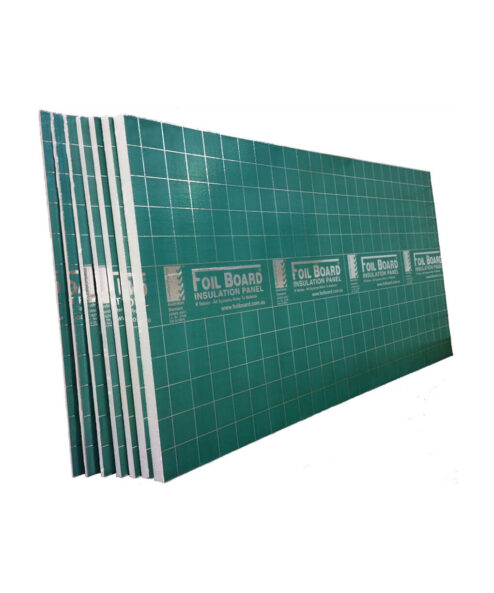
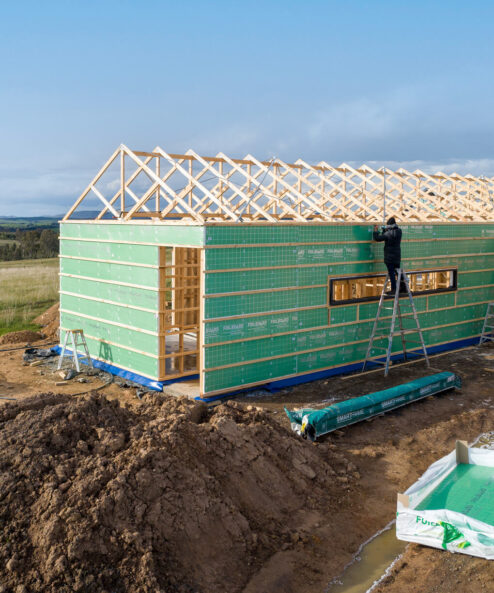
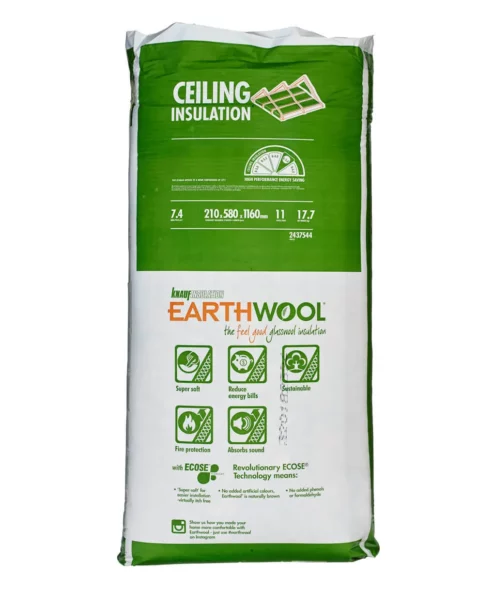
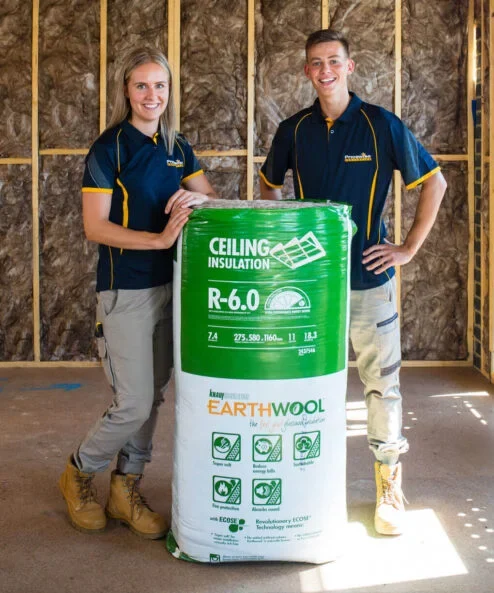
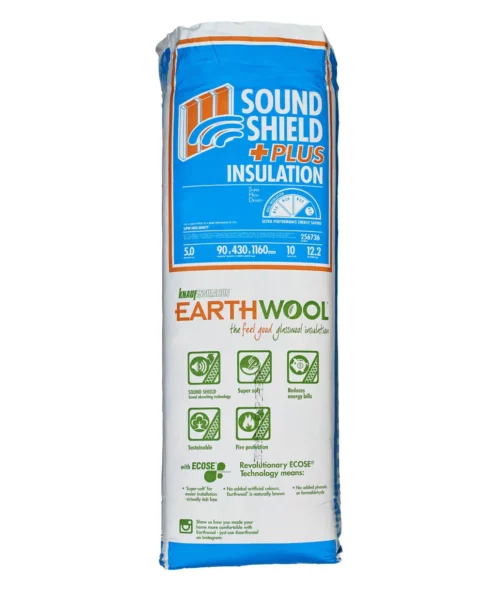
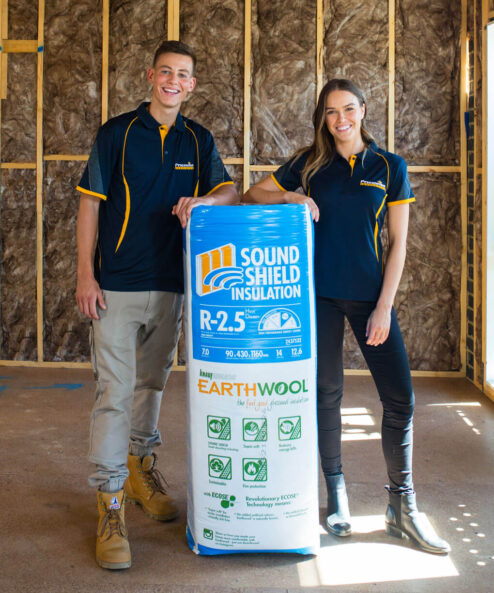
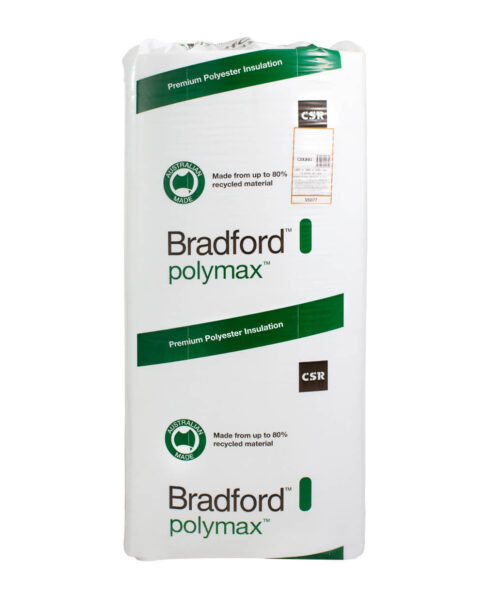
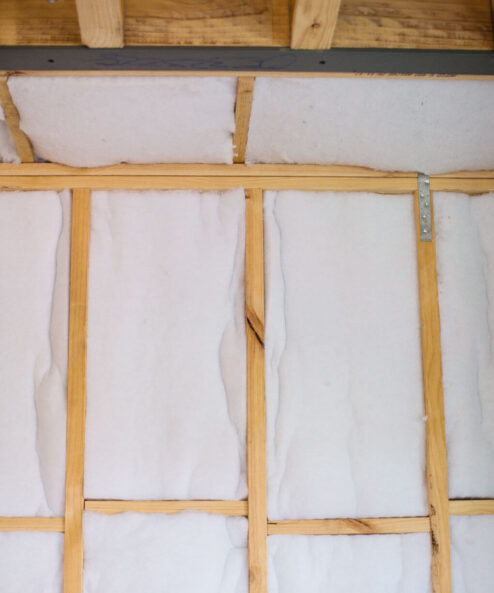
Hi there! I just finished reading your blog post on ways to make your home more energy efficient and I found it incredibly informative and helpful. Your tips are practical and easy to follow, and I appreciate the focus on both saving money and making a positive change for the environment.
I particularly liked your suggestion to seal up any leaks in doors and windows to prevent air from escaping. It’s a simple solution that I hadn’t considered before, and I’m excited to give it a try. Your advice on exploring alternative heating and cooling options was also great, as it’s important to be mindful of our energy consumption during extreme weather.
Lastly, I appreciate your emphasis on updating hot water systems and considering solar power. These changes may seem daunting at first, but the long-term benefits for both the environment and our wallets are definitely worth it.
Thank you for sharing these tips, and I look forward to implementing them in my own home!
Hi Roselle,
Thanks for your feedback! Please don’t hesitate to contact our team on 1300 729 639 if you have any further questions.
Kind regards,
Christa